I look out on the sea of shaved heads and maroon robes. The monks sit on thin mats cross-legged in the plain classroom. The air shimmers with monsoon heat. One young monk puts up his hand. “Is the big bang real?” He asks. I pause before answering. The fact that the universe evolved an early, hot and dense phase is supported by a web of observational evidence. On the other hand, the origin is projected to be smaller than a sub-atomic particle, a state of infinite temperature and density that can’t be understood in any physical theory. “I don’t know,” is my honest answer.
For a decade, I’ve been traveling to the Himalayan foothills to teach Buddhist monks (and more recently, nuns) cosmology. “Science for Monks” was started at the direction of His Holiness the Dalai Lama, who was worried that the Buddhist monastic tradition did not include math and modern science. These monks are Tibetans living in exile in India. Most left Tibet as small children and many will never see their families again. They are diligent and attentive students. Their playful curiosity makes the classroom a place of discovery and wonder.
The concepts of cosmology are mind-bending: dark matter, dark energy, curved space-time, and the big bang. Western scientists tend to concentrate on facts and data and shy away from philosophical questions. Buddhist monks like to home in on the essence of a subject. We often find ourselves addressing the question: Is that real?
The philosopher said: “I only need some paper and a pencil.” The physicist replied: “You win. I need some paper, a pencil, and a wastepaper basket.”
In his book The Universe in a Single Atom, the Dalai Lama posits Buddhism as an empirical tradition, akin to science: “My confidence in venturing into science lies in my basic belief that as in science, so in Buddhism, understanding the nature of reality is pursued by critical investigation: if scientific analysis were to conclusively demonstrate certain claims in Buddhism to be false, then we must accept the claims of science and abandon those claims.” This is a striking assertion, unlikely to come out of the mouth of a leader of any other world religion.
Reality is a challenging concept for both scientists and Buddhists. The modern scientific tradition that starts with Galileo Galilei is based on experiment and observations of the natural world. Models and theories have evolved as they confront data, and sometimes they are overturned completely. The restless nature of science, in a continual process of augmentation and revision, is its essential strength as a system of knowledge.
Scientists are acutely aware that our understanding of nature is limited by the tools at our disposal. Human perception is flawed. For example, the apparent solidity of normal matter is an illusion caused by the electrical force within an atom, and the senses only give us access to a minute fraction of the waves and vibrations that permeate the universe. In cosmology, regions of space and time that we can infer to exist may never be observable. In quantum physics, some properties of atoms cannot be simultaneously known with arbitrary precision. More profoundly, quantum entanglement and action at a distance mean that reality at a fixed location is a meaningless concept.







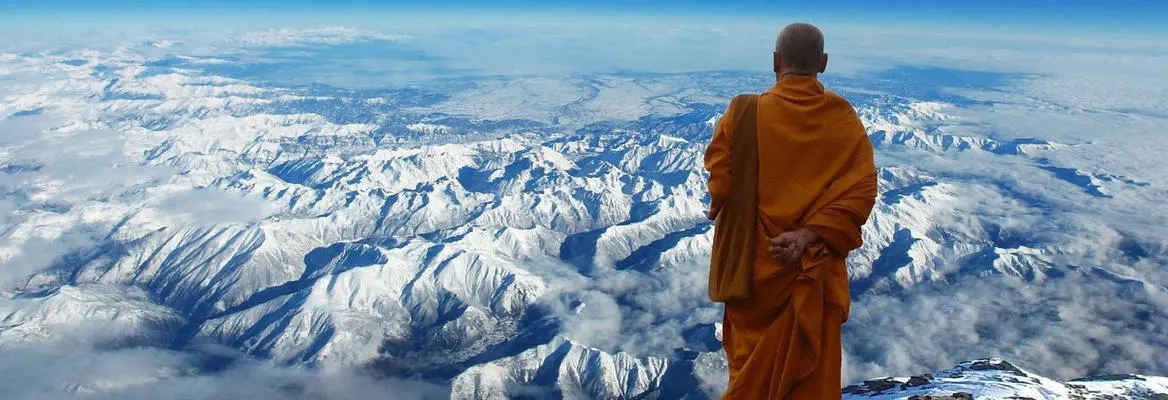





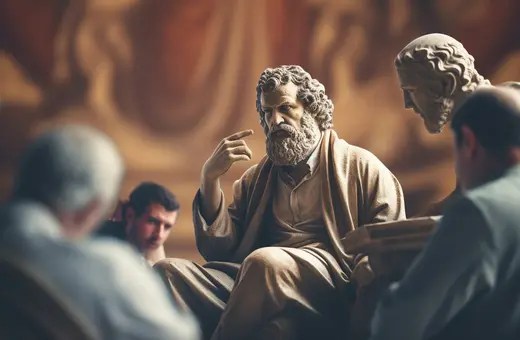
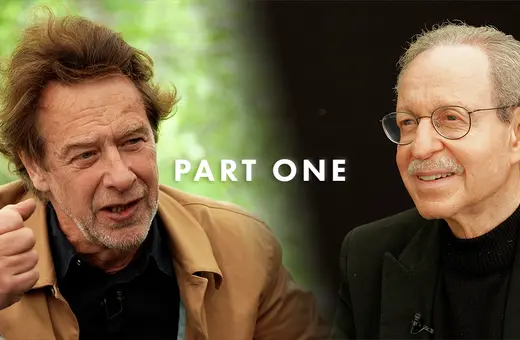
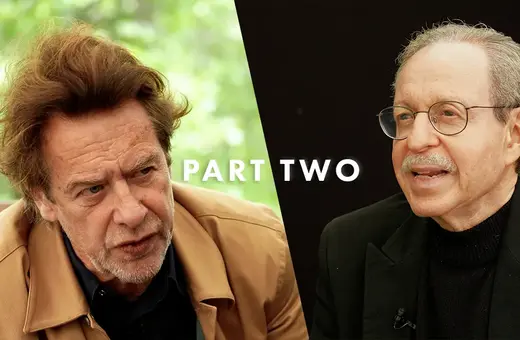
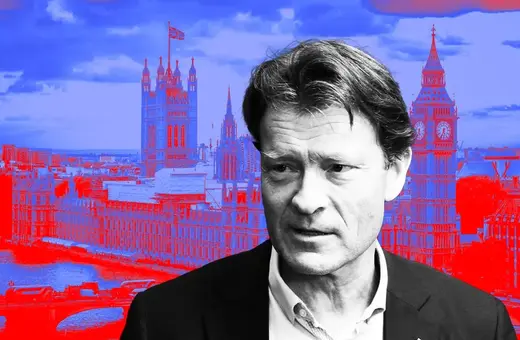


Join the conversation